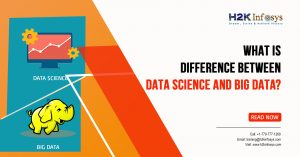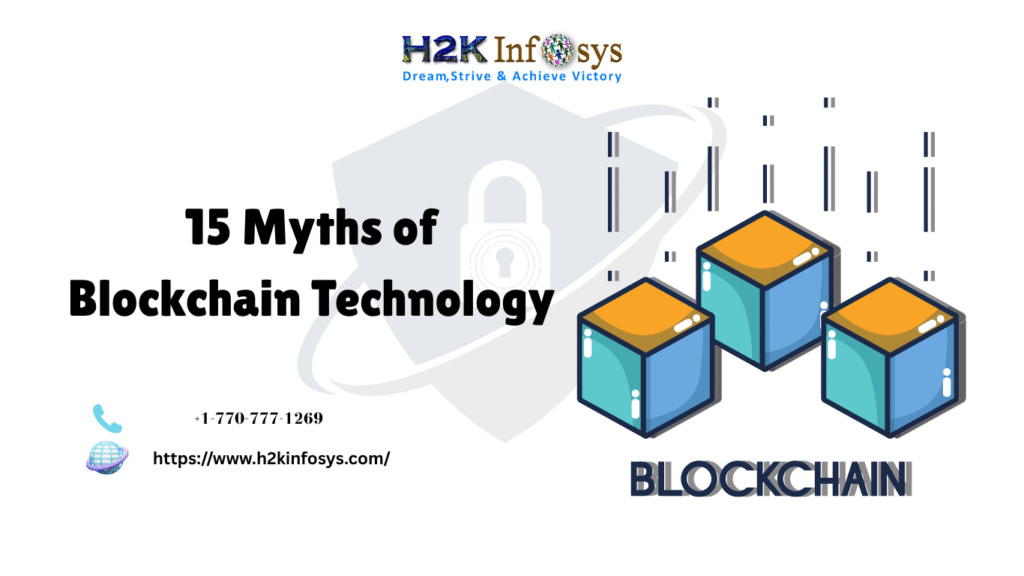Understanding how and where data is produced is crucial to comprehending the role of data destruction. To give you a quick rundown of how collecting data has changed over the last 25 years, the majority of operations were still done on paper until 1996. After that, they moved to digital files. In this case, advancements in technology made it possible for users of personal computers to store any kind of file.
People could generate and save files of all sizes and sorts on personal computers and similar devices as technology developed and hard drives became increasingly capable of holding larger amounts of data. The most well-known data storage devices that were created were “optical discs (CD, DVD, Blu-Ray), magnetic storage (HDD, tape), and semiconductor memories (SSD, flash drive)”.
A large portion of the world’s population uses data-capable and memory-based gadgets on a daily basis, which amplifies the amount of digital information and data saved on (and thus collected from) these devices. Different types of data are acquired for a range of purposes, from social media platforms to online shopping on computers and mobile devices to the “smart refrigerators” that are starting to appear in home kitchens. We are also producing, exchanging, and storing increasingly more data. As of 2018, the combined creation and consumption of data from emails, texts, social media posts, and browsing and streaming activities surpassed 33 zettabytes or 33 trillion gigabytes. This unfathomable number is predicted to climb in the upcoming years as it is expected to rise to well over 175 zettabytes by 2025. Check out the online Data science training to learn more.
We must think about who can access and where our data is kept in light of the abundance of data that is being shared globally. To put it simply, there are three main places where almost all data in the world may be found:
- Endpoints: Probably the most well-known type of data storage, endpoints are actual physical devices like mobile phones and hard disks from computers.
- The Edge: One way to think of the edge is as essential/critical infrastructure supporting data exchange and storage. Such storage places include government organisations, 5G and other telecommunication towers, banking and industrial servers, and others.
- The Core: Web servers and cloud storage servers make up the core, which is by far the biggest and most advanced data storage point. Around 40% of all web and cloud storage servers are hosted in the United States, with China, the United Kingdom, Germany, Japan, and Australia accounting for the remaining 29% of global data centre and facility locations.
This analysis of Data Destruction storage locations and the fast rise in data consumption, exchange, and storage makes the argument for the importance of data deletion, which is a critical counter-component, growing at least as fast. Because our identities and personal security details are embedded in the data we generate and share, it’s critical that the platforms and applications we use take care to remove obsolete and unnecessary data.
One important specification: Data deletion and destruction are two various topics. Data deletion on its own leaves certain data formats highly discoverable; it does not guarantee that the data will be lost or remain encrypted. Instead, it is the duty of data science and IT experts to ensure that personal information is completely destroyed using a range of data destruction tools, a procedure that essentially renders it hard for “bad actors” to retrieve private information that was previously secured.
Why Is Data Destruction Important?
It’s useful to consider data destruction from the perspective of typical online users in order to appreciate its impact. Hacks, breaches, and leaks can cause major issues for users whose data was unintentionally sent to companies that failed to adequately sanitise it. User data is protected from compromise by effective data deletion policies. By doing this, actual people are shielded from the risk of having their private data collected, examined, sold, or even compromised and used against their will, potentially leading to identity theft and eventual financial loss. Put another way, people’s addresses, credit cards, and social security numbers can be taken if appropriate data deletion procedures are neglected.
Researchers and data scientists have started to strategize how to put policies and procedures in place that guarantee user data is disposed of properly in recent years. In the scholarly work “Cloud Based Deduplication and Self Data Destruction,” published in 2017, researchers started devising erasure strategies based on security protocols and encryption in cloud storage environments. It is obvious that the focus of data security is on safeguarding cloud positions, given that the majority of data is now gathered and shared via cloud services. They hope to guarantee that “data will get deleted after a specific time interval which the user has specified at the time of data storage” with their suggested technique.
Researchers are investigating further advantages of refined data-erasing techniques independently. In a 2019 paper published in the scholarly journal Concurrency and Computation: Practice and Experience, researchers proposed that two concurrent advantages will occur as coding storage systems have improved repair systems:
Recovering data that has been inadvertently or incorrectly erased will be easier.
Because the researchers’ new approach “significantly reduces the link cost of repairing data blocks, while promising similar or faster repair speed,” data transfer, encryption, and destruction procedures will become more sophisticated.
The ongoing development of data sanitization techniques as a result of this and related innovation types leads to an increased capacity to safeguard users and their sensitive, personal data.
Conclusion
To learn more about Data Destruction, check out the Data science online course.

























